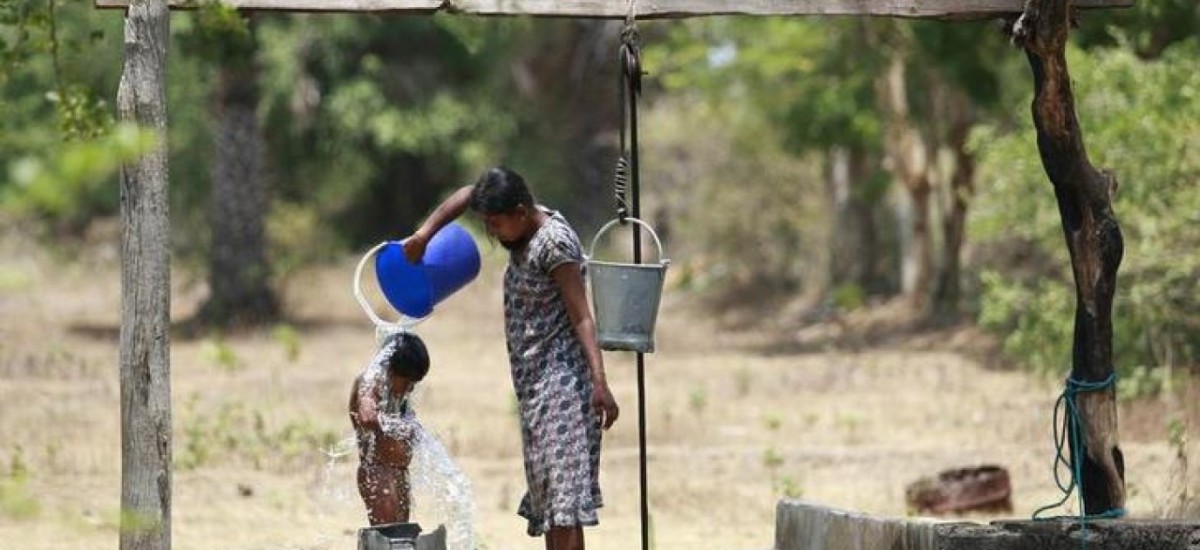Photograph courtesy Reuters
In late December 2015, the Ministry of Prison Reforms, Rehabilitation, Resettlement and Hindu Religious Affairs opened bids from various contractors to build 65,000 houses in the Northern and Eastern Provinces over the next four years. A statement (available here in English, and in Sinhala or Tamil) issued by a group of civil society organisations raises important concerns about this project but there are some additional ones to consider.
There are unconfirmed reports that the project, about which not much is known either by the provincial or district officials, is set to be awarded to Arcelor Mittal. The global steel-manufacturing giant is reportedly vying to supply and install pre-fabricated metal houses to which it appears the Minister has taken a strong liking.
Curiously, it is also reported that officials from the company had visited Sri Lanka even before the tendering process was initiated in early October (it was concluded in late December with the bids being opened). There are many serious issues that arise:
- It would be an understatement to say that prefabricated steel houses are alien to the North and East. No consultations have been undertaken with the concerned communities or even local government officials on any aspect of the project. The suitability and appropriateness of these supplier-driven solutions and designs have not been pilot-tested and nor does there seem to be any obligation on the contractor to do so.
- Using imported inputs and services rather than local materials and expertise will not only undermine the local economy but also negate any positive spin-offs for the national and local economy a large housing project of this nature can be expected to generate.
- The houses are expected to cost around 2 million Sri Lankan rupees, which is three to four times more than in other recent housing projects in the same region. While profiting the contractor, it will only lead to a further expansion of an already inflated public national debt.
Why is the Government privileging a contractor-driven approach when decades of experience in Sri Lanka, including with the initial phase of the Indian Housing Programme, indicates that owner-driven approaches are cheaper, more adaptable, and have more positive social benefits?
Yes, recent owner-driven projects including the Indian Housing Project, had many problems, especially indebtedness. But rather than address these why is the government embracing a contractor-friendly approach? In fact, it appears these problems are being used to justify an approach that is contractor-friendly and is totally non-participatory and is coming at significant cost to the local and national economy. Why are supplier-driven solutions being privileged over people-centred and participatory housing programmes? Whom is this programme really benefitting?
Sri Lanka has an extraordinarily rich history and experience with large-scale public housing. But just the like previous regime ignored all that in forcing Colombo’s poor into badly designed high-rises with little thought for the social or economic dimensions, including the longer terms costs to the state, the Yahapalanaya regime is doing the exact same thing.

